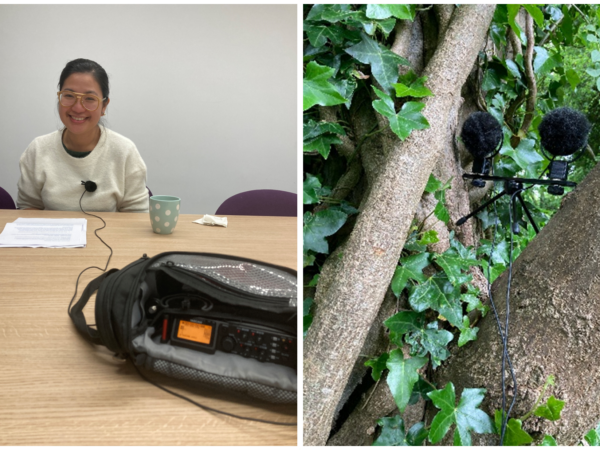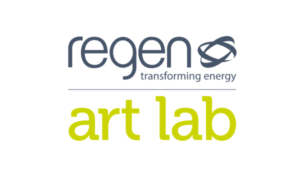SOUNDING CONNECTIONS is an online, interactive sound collage constructed from recordings taken around the North West of England. The works were developed by sound artist, Cameron Naylor, in an interdisciplinary collaboration with the Regen team.
In this blog, Sophie Whinney, who leads the Regen Art Lab programme, interviewed the collaborators within Regen on what they learned from the experience, what it means for the future of interdisciplinary collaborations, and how to connect the dots on the medium of sound and the topic of energy.









